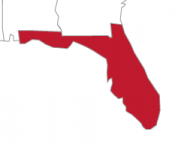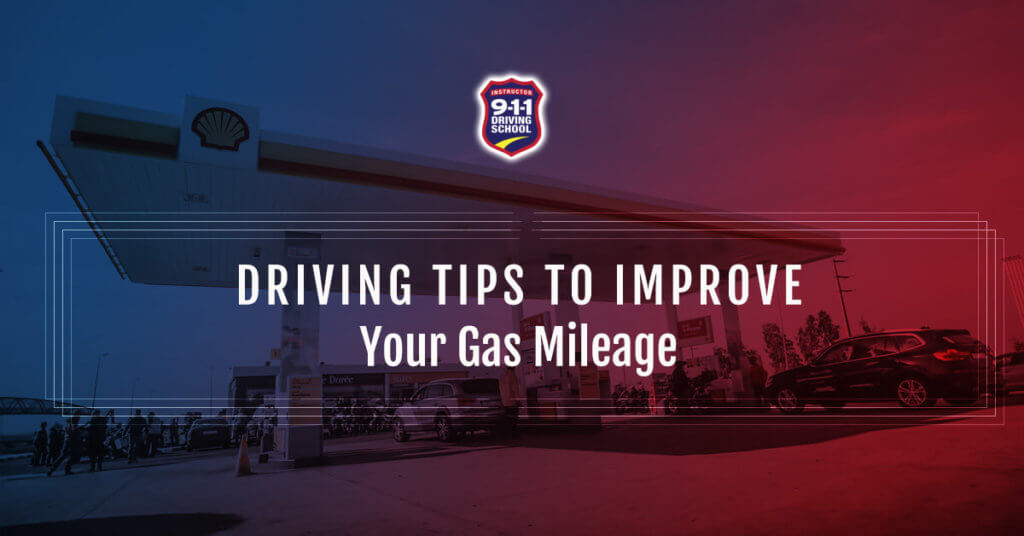Driving a car is convenient but can also be expensive. If you commute to work, drive around town constantly, or just like to take a lot of adventures in your car, the gas bills can build up quickly. An important piece of information for many car buyers is the gas mileage the vehicle gets on the freeway and around town. Having a vehicle that gets good gas mileage is important, but a lot of that is determined in the way it is driven. Here are some tips to improve the gas mileage of your car.
- Ease into starting. One of the most basic ways that mileage is improved is by slowly pushing on the gas when moving. Slamming on the gas when a light turns green or speeding while backing out of a parking space wastes gas, decreasing your gas mileage potential. Instead, slowly accelerate.
- Braking suddenly. Just like speeding up burns up gas quickly, braking is a big waste of gas too. When a car is powered with gas just before braking quickly, it is wasted. Instead, slow down gradually and let the vehicle naturally decelerate before braking.
- Drive the speed limit. The faster a vehicle goes, the more drag it creates. Many freeways have been given speed limits that keep vehicles within the limit of optimum gas mileage. While each vehicle is going to have its own optimal driving speed, gas mileage in general begins to rapidly decrease after 50 mph.
- Choose routes without a lot of stop and go requirements. Constantly stopping and going in the vehicle will use up more gas than if the road is open. Some routes that may take away gas mileage potential include a lot of intersections, toll roads, and even construction routes. Plan routes using proper inputs on your GPS to help determine the best way to go.
- Use the right fuel. Car manufacturers test their vehicles to determine gas mileage with the most premium level of fuel. It helps improve the performance of the system and give more mileage potential. The best way to know what the ideal gasoline is for your car is to look it up in the owner’s manual that comes with the vehicle.
- Keep tires properly inflated. Each tire has a correct pressure that is recommended by the manufacturer. When there is not enough air in the tire, it increases the resistance on the ground, slowing the car down. Having enough contact with the ground and a good tread on the tires will help the vehicle roll more easily, giving the entire vehicle better gas mileage and extending the life of the tires.
- Do not idle. Whenever the vehicle is fully on, the engine is using up gasoline whether it is moving or not. Sitting with the car idling for long periods of time can use a lot of gas that does not contribute to gas mileage. Decrease idling time by turning off the vehicle while waiting when possible and avoid areas where there are traffic jams.
- Use Cruise Control. Whenever you are driving a long stretch of road, use the cruise control in the vehicle. It reduces the need for accelerating and braking too much and keeps your car running efficiently.
Using less gasoline is great for the earth but it is also great for your wallet. Saving a few dollars here and there on gas adds up quickly. Being mindful of small actions and taking care of a vehicle also leads to safer driving habits. When a driver understands these, they are more likely to be a responsible driver.






